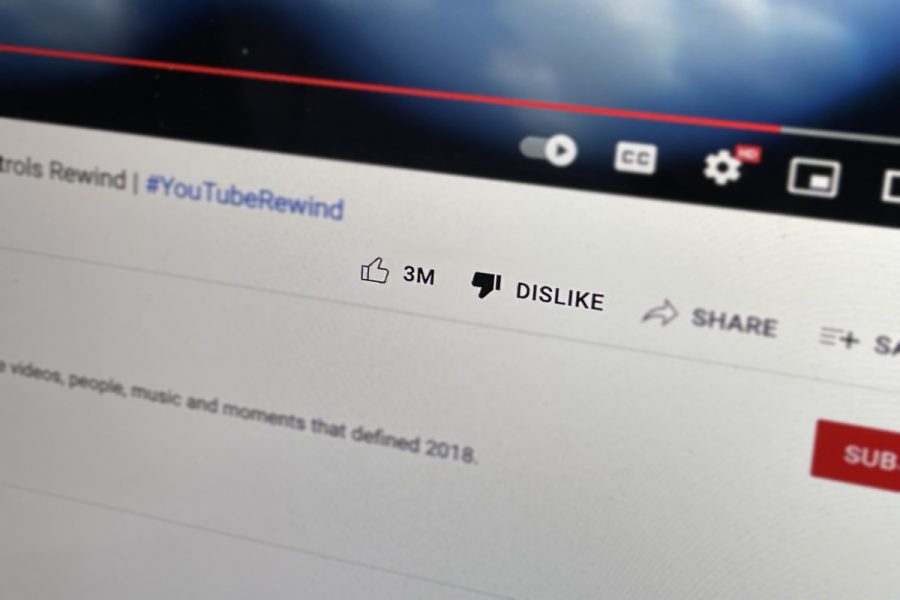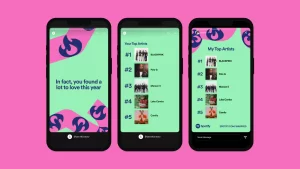YouTube’s fatal blunder
Dec 7, 2021
YouTube has been the only major social networking platform, among Facebook, Instagram, Snapchat, and TikTok, to have a dislike button. Yet, on Nov. 10, YouTube erroneously decided to remove the dislike count. Though video creators and YouTube officials themselves are still able to see the count, the public no longer has any information about the number of dislikes on a listed video.
But the new update is inadequate for a platform like YouTube, whose unique identity is to portray the public opinion with clarity.
Despite facing initial backlash, the YouTube developers maintained that the dislike count removal would create a more inclusive and respectful environment for smaller creators, who had been the most susceptible to “dislike attacks,” in which people group up to bombard dislikes on a specific video.
Contrary to YouTube’s expectation that the level of hate will subside, the removal may provoke further hostility. Now unable to express their distaste for a video in the passive form of disliking, viewers are more likely to comment harmful messages, far more descriptive and agonizing than a mere button click.
On top of the psychological damage that may be inflicted onto video creators with the new change, YouTubers have now also been robbed of the ability to precisely gauge audience responses to their content. Prior to the dislike count concealment, the like to dislike ratio had come in handy for creators as a standard for the public rating on their videos. But according to an experiment by the YouTube team, YouTube’s update would shape the viewers to be more passive to dislike a video; thus, the dislike count may no longer serve as an accurate representation of public disapproval.
Moreover, even before YouTube concealed the dislike count, YouTube creators were able to manage their own settings to hide the dislike count in their videos. Self-management, though incapable of prohibiting every instance of harassment, has served as a decent solution presented by YouTube.
However, with YouTube’s recent executive decision to relinquish the current solution and counterproductively address the hatred issue with the removal of the dislike count, the platform fails to retain the vibrant media culture of appraising videos. It is not only content creators who face technical complications due to the policy change, but also viewers who ultimately lose the privilege of voicing their thoughts.
Above all else, the most integral part of social media is sharing opinions.
Removing the dislike count would defeat the essential purpose of social media – having users express their own thoughts and comprehend others’ viewpoints. The fact that collective behaviour could skew the public rating is yet another inevitable aspect of media that must be embraced.
Furthermore, over the course of YouTube’s history, the dislike count has long been a useful tool for viewers to avoid clickbait or scam. For example, if a video had an abnormally high dislike count, viewers would be able to conclude that the video is poorly-made, fake, or even malicious. Now, by disallowing viewers access to public ratings of a video, they may grow more susceptible to perilous DIYs and scams. To prevent the potential threats viewers could confront, it is crucial to have an outlet for viewers to express their opinions.
Youtube rose to its global prominence today for a number of reasons, primarily being that it has long been the embodiment of public opinion regarding various topics across the internet. But the platform itself has discarded its own merit and sense of identity. To highlight public standpoints and return to its roots, YouTube must reconsider its fatal blunder, which will restore its original glory days.







